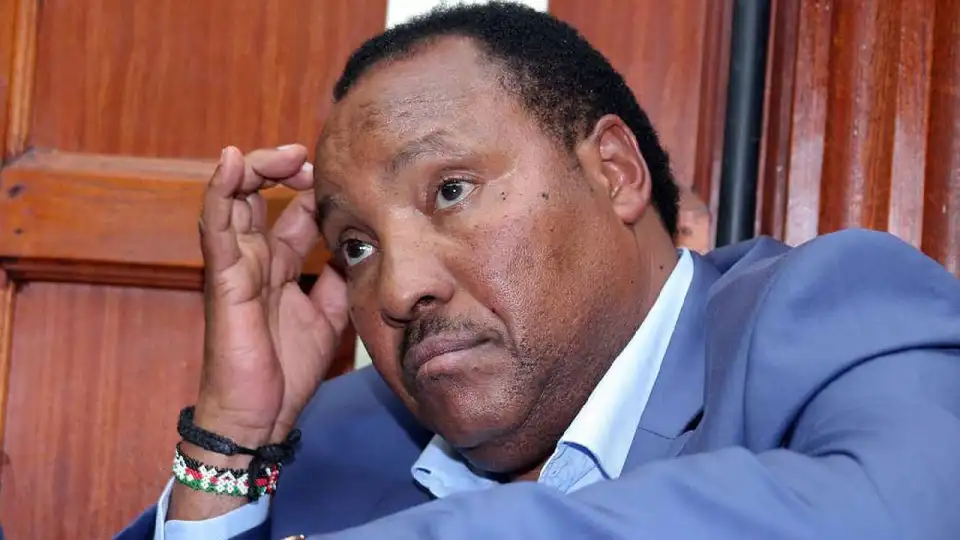A Nairobi High Court has dropped charges against 5 accused persons in the Ksh 588 million graft case facing former Kiambu Governor Ferdinand Waititu.
The five who were employees of the Kiambu County Government had been charged with willful failure to comply with the procurement procedures prompting them to move to the High Court.
The five discharged are Zacharia Mbugua, Joyce Musyoka, Simon Kangethe, Anselm Gachukia and Samuel Mugo in the Ksh 588 million graft case facing former Kiambu Governor.
Through their lawyer Isaac Owuor the five had moved to court earlier in the year seeking to have their charges dropped.
In a judgment by Justice Esther Maina, the court found that the prosecution and EACC are prohibited from charging the five.
This now leaves Waititu, his wife Susan Wangari and five in the graft case. By Sarafina Robi, KBC






